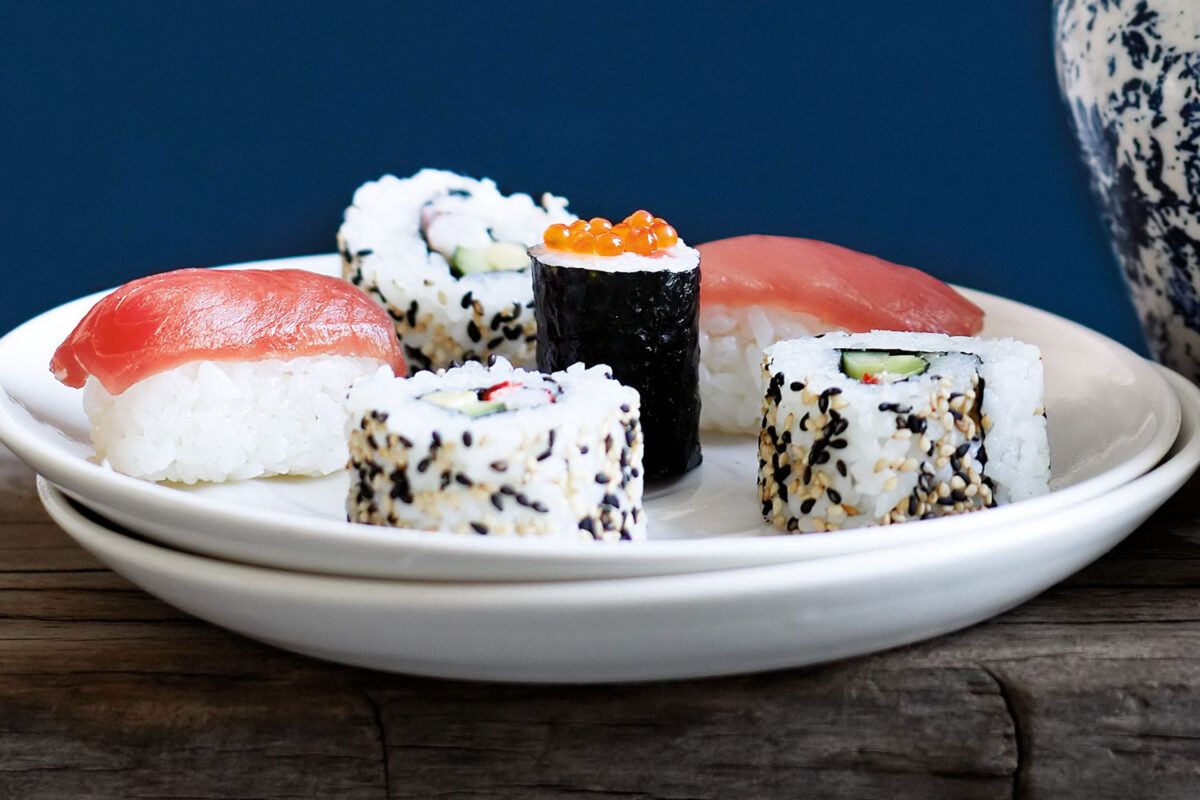We’ve made leaps and bounds as a society since Paleolithic times. But a host of modern problems have come with our success – like IBS (irritable bowel syndrome). But never fear: there are ways to solve this problem. Enter: fibre. Fibre can be a great way to improve your gut health, but you ought to be careful about how you consume it, as it’s not a one size fit all approach.
On that note: you may have been on the receiving end of friends or family telling you, “you’ve got to eat more fibre”. And, while for the most part that is true, since fibre is an essential nutrient, there are actually different types, and you should be keeping a close eye on how much of each type you’re putting into your body.
But first, what exactly is fibre? Fibre refers to an essential group of carbohydrates that we need to consume on a daily basis. Predominantly found in plant-based foods, such as fruit, vegetables and whole grains, the recommended daily intake is 38 grams for men and 25 grams for women. You can’t get fibre from meat or dairy products.
As we’ve just mentioned, there are, in fact, different types, which have equally different effects on the body. While you can split fibres into two groups: dietary fibre and functional fibre, a more useful way of separating them is by their solubility, since this can give a greater insight into their health effects.
These two group names should giveaway which type of fibre does what. Soluble fibre blends with water in the gut, while insoluble fibre does not. The former can help control your blood sugar and cholesterol levels, while the latter essentially acts as a bulking agent to help prevent constipation.
While it may be a little bit stomach-churning to talk about, you need to make sure you consume enough fibre to help normalise your bowel movements. It’s also claimed that a diet high in fibre can minimise your risk of contracting type 2 diabetes.
If you weren’t aware of these differences, don’t worry; you’re not alone. American nutritionist Max Lugavere recently shared a post on Instagram that called out this very fact.
“When it comes to eating for gut health, there are different strategies to take, and there’s no one-size-fits-all recommendation,” he says.
“Lots of people will say ‘eat more fibre!’ but not all fibres are the same, and further, not everybody has the same tolerance to fibre. You have to figure out what works for you.”
He goes on to explain soluble and insoluble fibre is a slightly easier-to-understand way: “Soluble fibre absorbs water and forms a gel, and feeds the bacteria that live in your large intestine, collectively known as your gut microbiome.”
“As a result, those bacteria churn out powerful metabolites including short-chain fatty acids like butyrate. This type of fibre may help improve symptoms in people with IBS (Irritable Bowel Syndrome).”
“Insoluble fibre doesn’t absorb water, but instead acts as an abrasive broom, sweeping up your GI tract. This type of fibre is usually well tolerated but can cause or exacerbate symptoms for some sensitive people, including people with IBS.”
On top of soluble and insoluble fibre, Max adds there is another type, known as resistant starch. This, Max says, “is a form of carbohydrate that acts like a fibre, is resistant to digestion and instead, feed those microbes at the latter end of your GI tract.” The GI tract comprises all the organs that make up your digestive system.
“There are multiple types of resistant starch,” Max continues, “One form is found in unripe bananas/mangos, and another can be created when you cook and cool a starch, like a potato or rice.”
“This is why sushi rice is actually quite healthy, because it’s cooked and cooled.”
DMARGE reached out to Australian celebrity personal trainer Sam Wood, to gain some greater insight into the different types of fibre and ways we can all navigate the nutritional minefield.
“The nutrition team at 28 and I agree with what Max is saying…There are different types of fibre and each have their unique role in the health of our gut. This is one of the reasons why we recommend eating a variety of fibre rich foods at 28; that way we’re ticking all of the boxes, including each type of fibre and experiencing the different benefits they have to offer.”
“Thankfully my real food philosophy means that I’m always eating plenty of fibre-rich foods. Between vegetables, whole grains, beans, lentils, nuts and seeds, there’s guaranteed to be at least one good source of fibre in each of my meals. The same goes for all of our recipes on the 28 meal plan.”
Ultimately, no type of fibre is actually bad for you, they all play a part. But if you do experience any irritable symptoms after eating some fibre-rich foods, you should now be able to identify which type it is, and reduce it from your diet.
